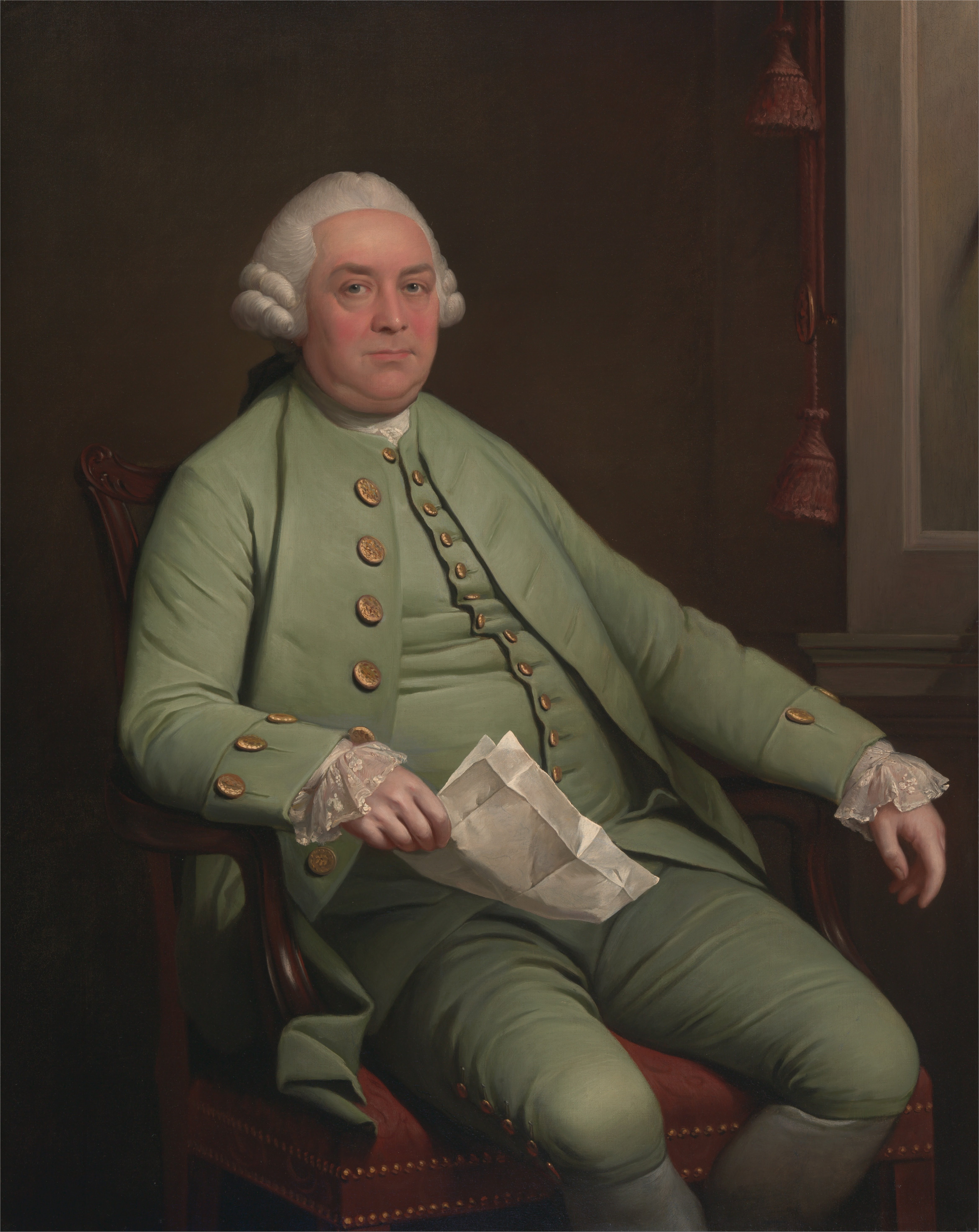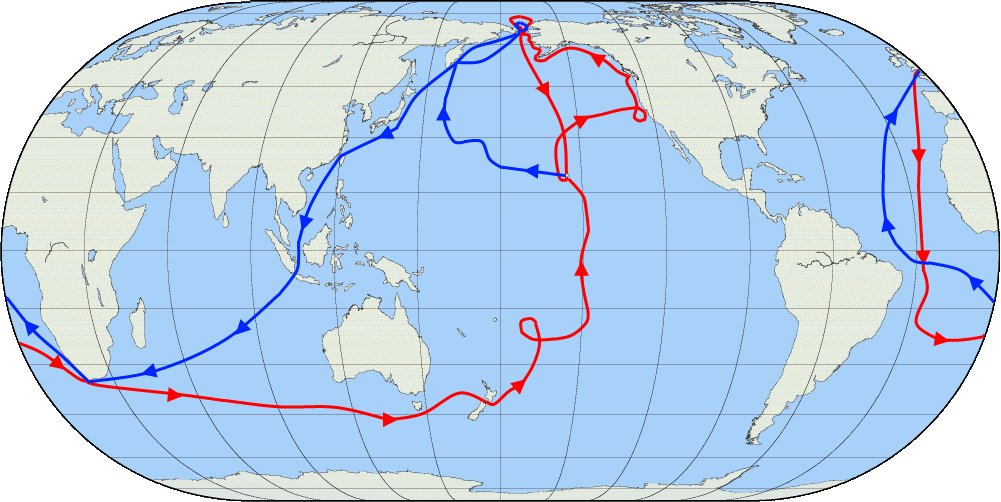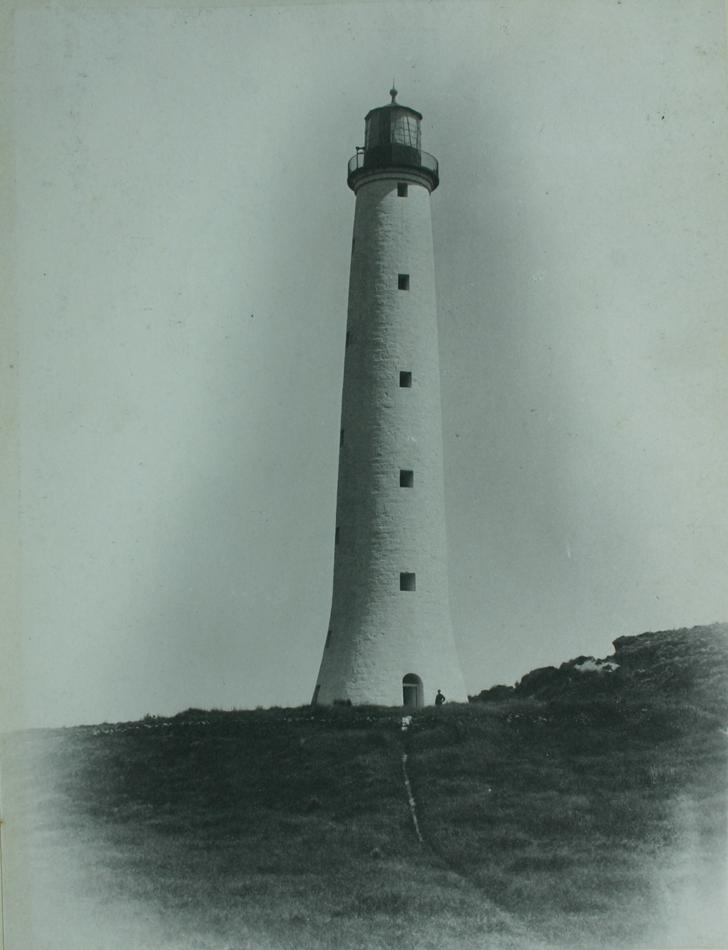|
Platycercus Caledonicus
The green rosella or Tasmanian rosella (''Platycercus caledonicus'') is a species of parrot native to Tasmania and Bass Strait islands. It was described by the German naturalist Johann Friedrich Gmelin in 1788, and named on the mistaken assumption it came from New Caledonia. At long it is the largest species of the rosella genus, ''Platycercus''. Two subspecies are recognised. The green rosella's underparts, neck and head are yellow, with a red band above the beak and violet-blue cheeks. The back is mostly black and green, and its long tail blue and green. The sexes have similar plumage, except the female has duller yellow plumage and more prominent red markings, as well as a smaller beak. Juvenile and immature birds have predominantly green plumage. Found in a wide range of habitats with some form of tree cover, the green rosella is predominantly herbivorous, consuming seeds, berries, nuts and fruit, as well as flowers, but may also eat insect larvae and insects such as psyl ... [...More Info...] [...Related Items...] OR: [Wikipedia] [Google] [Baidu] |
BirdLife International
BirdLife International is a global partnership of non-governmental organizations that strives to conserve birds and their habitats. BirdLife International's priorities include preventing extinction of bird species, identifying and safeguarding important sites for birds, maintaining and restoring key bird habitats, and empowering conservationists worldwide. It has a membership of more than 2.5 million people across 116 country partner organizations, including the Royal Society for the Protection of Birds, the Wild Bird Society of Japan, the National Audubon Society and American Bird Conservancy. BirdLife International has identified 13,000 Important Bird and Biodiversity Areas and is the official International Union for Conservation of Nature’s Red List authority for birds. As of 2015, BirdLife International has established that 1,375 bird species (13% of the total) are threatened with extinction ( critically endangered, endangered or vulnerable). BirdLife International p ... [...More Info...] [...Related Items...] OR: [Wikipedia] [Google] [Baidu] |
Tree Hollow
A tree hollow or tree hole is a semi-enclosed cavity which has naturally formed in the trunk or branch of a tree. They are found mainly in old trees, whether living or not. Hollows form in many species of trees, and are a prominent feature of natural forests and woodlands, and act as a resource or habitat for a number of vertebrate and invertebrate animals. Hollows may form as the result of physiological stress from natural forces causing the excavating and exposure of the heartwood. Forces may include wind, fire, heat, lightning, rain, attack from insects (such as ants or beetles), bacteria, or fungi. Also, trees may self-prune, dropping lower branches as they reach maturity, exposing the area where the branch was attached. Many animals further develop the hollows using instruments such as their beak, teeth or claws. The size of hollows may depend on the age of the tree. For example, eucalypts develop hollows at all ages, but only from when the trees are 120 years old do they f ... [...More Info...] [...Related Items...] OR: [Wikipedia] [Google] [Baidu] |
Joseph Banks
Sir Joseph Banks, 1st Baronet, (19 June 1820) was an English naturalist, botanist, and patron of the natural sciences. Banks made his name on the 1766 natural-history expedition to Newfoundland and Labrador. He took part in Captain James Cook's first great voyage (1768–1771), visiting Brazil, Tahiti, and after 6 months in New Zealand, Australia, returning to immediate fame. He held the position of president of the Royal Society for over 41 years. He advised King George III on the Royal Botanic Gardens, Kew, and by sending botanists around the world to collect plants, he made Kew the world's leading botanical garden. He is credited for bringing 30,000 plant specimens home with him; amongst them, he was the first European to document 1,400. Banks advocated British settlement in New South Wales and the colonisation of Australia, as well as the establishment of Botany Bay as a place for the reception of convicts, and advised the British government on all Australian matte ... [...More Info...] [...Related Items...] OR: [Wikipedia] [Google] [Baidu] |
Tuberculosis
Tuberculosis (TB) is an infectious disease usually caused by '' Mycobacterium tuberculosis'' (MTB) bacteria. Tuberculosis generally affects the lungs, but it can also affect other parts of the body. Most infections show no symptoms, in which case it is known as latent tuberculosis. Around 10% of latent infections progress to active disease which, if left untreated, kill about half of those affected. Typical symptoms of active TB are chronic cough with blood-containing mucus, fever, night sweats, and weight loss. It was historically referred to as consumption due to the weight loss associated with the disease. Infection of other organs can cause a wide range of symptoms. Tuberculosis is spread from one person to the next through the air when people who have active TB in their lungs cough, spit, speak, or sneeze. People with Latent TB do not spread the disease. Active infection occurs more often in people with HIV/AIDS and in those who smoke. Diagnosis of active TB is ... [...More Info...] [...Related Items...] OR: [Wikipedia] [Google] [Baidu] |
Andrew Strahan
Andrew Strahan (1749–1831) was an MP and printer who served as the King's Printer. Biography Andrew Strahan was the youngest son of William Strahan (1715–1785), and carried on his father's business with success, becoming one of the joint patentees, with John Reeves and George Eyre as the King's Printer. He retired in 1819. Between 1796 and 1820 he sat in Parliament successively for Newport, Wareham, Carlow Borough, Aldeburgh, and New Romney. Strahan was a close friend of the inventor John Dickinson (1782–1869) and his family. He recommended the young John Dickinson as an apprentice to the stationer Thomas Harrison in London and supported him financially on several occasions, amongst others to establish himself as a paper trader in 1805 and to set up a paper producing company in 1809, which later evolved into the leading paper and stationery company John Dickinson & Co. Ltd. Strahan died on 25 August 1831 leaving an enormous fortune. In his will he bequeathed £1,0 ... [...More Info...] [...Related Items...] OR: [Wikipedia] [Google] [Baidu] |
William Strahan (publisher)
William Strahan (24 March 1715 – 9 July 1785) was a Scottish printer and publisher, and a politician who sat in the House of Commons between from 1774 to 1784. He was a correspondent and later a good friend of Benjamin Franklin. Early life Born in Edinburgh as William Strachan, and educated at the Royal High School, Strahan was the son of George Strachan, an Edinburgh solicitor and grandson of John Strachan, professor of Divinity at the University of Edinburgh. originally apprenticed to an Edinburgh printer but became a Master Printer in London (at which time he changed the spelling of his name). In 1738 he was made a Freeman of the City of London and a freeman of the Stationers' Company. He married Margaret Penelope Elphinstone, daughter of Edinburgh Episcopal Clergyman William Elphnstone, at St Mary Le Bow on 20 July 1738. They had five children, two daughters and three sons, one of whom, Andrew, would succeed him as King's Printer. Printing to publishing Diversifying from ... [...More Info...] [...Related Items...] OR: [Wikipedia] [Google] [Baidu] |
Third Voyage Of James Cook
James Cook's third and final voyage (12 July 1776 – 4 October 1780) took the route from Plymouth via Cape Town and Tenerife to New Zealand and the Hawaiian Islands, and along the North American coast to the Bering Strait. Its ostensible purpose was to return Omai, a young man from Raiatea, to his homeland, but the Admiralty used this as a cover for their plan to send Cook on a voyage to discover the Northwest Passage. HMS ''Resolution'', to be commanded by Cook, and HMS ''Discovery'', commanded by Charles Clerke, were prepared for the voyage which started from Plymouth in 1776. Omai was returned to his homeland and the ships sailed onwards, encountering the Hawaiian Archipelago, before reaching the Pacific coast of North America. The two charted the west coast of the continent and passed through the Bering Strait when they were stopped by ice from sailing either east or west. The vessels returned to the Pacific and called briefly at the Aleutians before retiring towar ... [...More Info...] [...Related Items...] OR: [Wikipedia] [Google] [Baidu] |
William Anderson (naturalist)
William Anderson (28 December 1750 in North Berwick, East Lothian – 3 August 1778 in Bering Sea) was a Scottish naturalist. Biography One of the seven children Jean (née Melvil) and Robert Anderson, a schoolmaster. Anderson studied medicine at the University of Edinburgh from 1766–68. He enlisted in the navy and qualified on 1 December 1768 as surgeon's first mate, being promoted to surgeon on 1 November 1770 and posted to the vessel (1768–1819). Anderson accompanied James Cook on his second voyage, boarding the ''Resolution'' on 12 December 1771 as surgeon's mate. Anderson proved to be diligent and was chosen to accompany Cook on his third voyage as surgeon and naturalist, joining the ''Resolution'' again on 15 February 1776. Though he had received no formal training as a naturalist, Anderson proved to be more than capable. He described and put together a large collection of specimens for Joseph Banks and added considerably to the knowledge of Pacific languag ... [...More Info...] [...Related Items...] OR: [Wikipedia] [Google] [Baidu] |
Ship's Surgeon
A naval surgeon, or less commonly ship's doctor, is the person responsible for the health of the ship's company aboard a warship. The term appears often in reference to Royal Navy's medical personnel during the Age of Sail. Ancient uses Specialised crew members capable of providing medical care have been a feature of military vessels for at least two thousand years. The second-century Roman Navy under Emperor Hadrian included a surgeon aboard each of its triremes, with the position earning twice a regular officer's pay. Royal Navy During the Age of Sail, the Royal Navy carried trained medical officers aboard its warships, who usually learned their trade before coming on board ship. They were generally called surgeons. The Navy Board qualified surgeons through an examination at the Barber-Surgeons' Company and they were responsible to the Sick and Wounded Board under the Navy Board. Surgeons were required to keep two logbooks detailing treatments and procedures carried out under ... [...More Info...] [...Related Items...] OR: [Wikipedia] [Google] [Baidu] |
Adventure Bay, Tasmania
Adventure Bay is the name of a locality, a township and a geographical feature on the eastern side of Bruny Island, Tasmania. At the , Adventure Bay had a population of 218. Early history The first European to sight the bay was explorer Abel Tasman, who sought to anchor his vessel ''Heemskerck'' there in 1642. Instead, ''Heemskerck'' was driven back offshore by a storm, in token of which Tasman named the place Storm Bay. Captain Tobias Furneaux renamed it in March 1773, in honour of his ship , which he had anchored in the bay for five days after becoming separated from Captain James Cook's during Cook's second voyage to the Pacific search of Terra Australis Incognita. Furneaux's log made clear the bay was an excellent anchorage for resupplying vessels:To the SW of the first watering place there is a large lagoon which I believe has plenty of fish in it for one of our Gentlemen caught upwards of 2 dozen trout, and shot a possum which was the only animal we saw. There are a g ... [...More Info...] [...Related Items...] OR: [Wikipedia] [Google] [Baidu] |
King Island (Tasmania)
King Island is an island in the Bass Strait, belonging to the Australian state of Tasmania. It is the largest of three islands known as the New Year Group, and the second-largest island in Bass Strait (after Flinders Island). The island's population at the was 1,585 people, up from 1,566 in 2011. The local government area of the island is the King Island Council. The island forms part of the official land divide between the Great Australian Bight and Bass Strait, off the north-western tip of Tasmania and about halfway to the mainland state of Victoria. The southernmost point is Stokes Point and the northernmost point is Cape Wickham. There are three small islands immediately offshore: New Year Island and Christmas Island situated to the northwest, and a smaller island Councillor Island to the east, opposite Sea Elephant Beach. King Island was first visited by Europeans in the late 18th century. It was named after Philip Gidley King, Colonial Governor of New South Wales, who ... [...More Info...] [...Related Items...] OR: [Wikipedia] [Google] [Baidu] |


.jpg)





